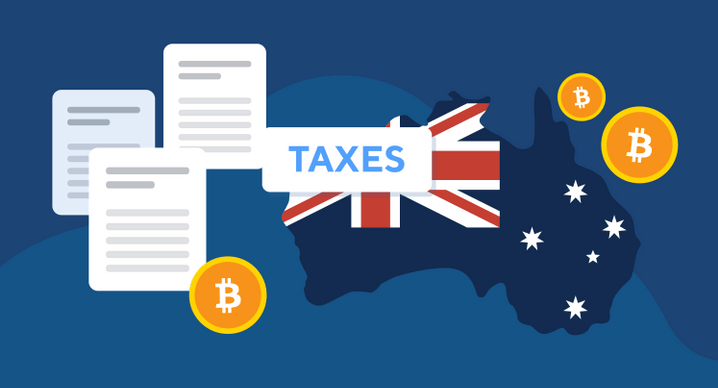Cryptocurrency taxation in Australia can be a complex topic. For people new to the world of cryptocurrency, it can be challenging to understand how to report your taxes correctly and avoid any penalties from the Australian Taxation Office (ATO).
This guide will provide an overview of crypto tax Australia and offer some tips on how to stay compliant with the law.
What is Cryptocurrency?
Cryptocurrencies are digital or virtual tokens that use cryptography to secure their transactions and control new units. Bitcoin is the very first and most popular cryptocurrency. According to a recent survey conducted in 2020, around 74% of the respondents in Australia who owned cryptocurrency held Bitcoin.
Blockchain technology is one of the major selling points for cryptocurrencies. It’s a public ledger that records all cryptocurrency transactions in an immutable way. This makes it quite difficult for anybody to tamper with the data or commit fraud.
Blockchains do not have a single entity in charge of the network. It makes cryptocurrencies much more challenging to regulate than traditional currencies.
How is Cryptocurrency Taxed in Australia?
Cryptocurrencies have been considered to be property for tax purposes in Australia. It means that when you purchase a cryptocurrency, you must pay capital gains tax on the proceeds when you sell it.
Capital gains tax means paying a tax on the profit you make from selling your assets. It’s not a separate tax and is part of your income tax rate in Australia.
If you hold your cryptocurrency for more than 12 months, you can claim the capital gains tax discount, which reduces the amount of tax you pay. For example, if you hold cryptocurrencies for more than 12 months and make a profit of $20,000 from selling them (after deducting allowable costs), you will only pay tax on half of it, i.e., $20,000 x 50 percent = $10000 in tax.
How to Calculate Your Cryptocurrency Tax?
The ATO has set out a guide on calculating your crypto gains or losses. Here’s a summary of the steps:
-Determine the value of your cryptocurrency in Australian dollars when you acquire it. It can be done using a cryptocurrency exchange or by looking up the historical prices on an online source.
-Work out what your cost base is for the cryptocurrency. It can include:
-The Australian dollars you spent to purchase the cryptocurrency.
-Any other costs related to acquiring the cryptocurrency, such as transaction fees and commissions.
-If you received the cryptocurrency as a gift or donation, your cost base is the market value of the cryptocurrency when it was gifted to you. If you inherited the cryptocurrency, your cost base is the market value of the cryptocurrency at the time of inheritance.
-Work out your gain or loss from the sale. It is done by subtracting your cost base from the sale proceeds. If you have a gain, it is taxed as capital gains. If you have a loss, you can’t claim it as a tax deduction.
-Apply any capital losses you made in the financial year against your capital gains. It will decrease the crypto tax in Australia that you have to pay on your capital gains. Report your capital gains and losses in your tax return.
These are some essential things you must know about crypto tax.